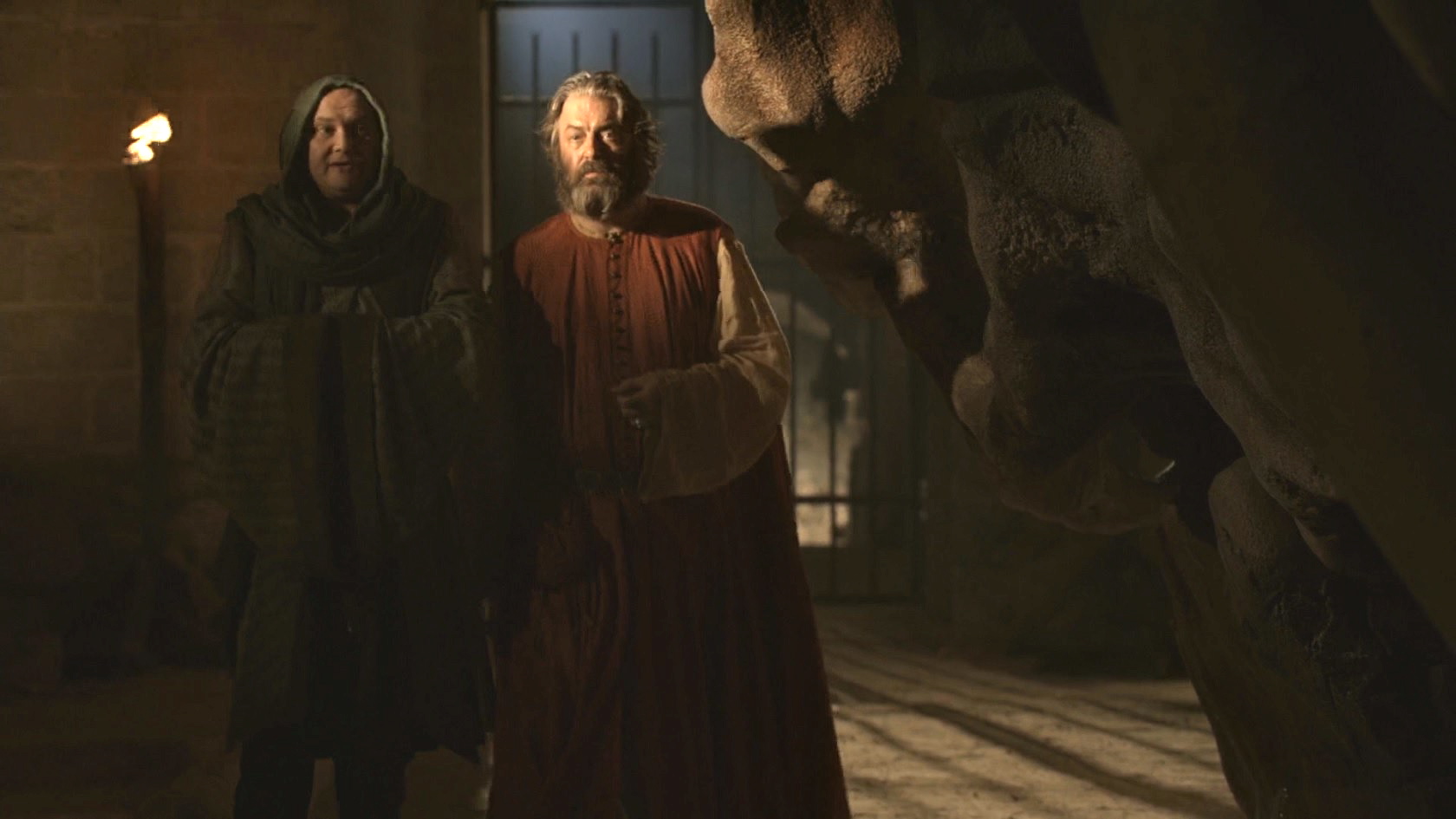This essay contains spoilers for The Winds of Winter
Introduction

Artwork by Donato Giancola
In little room confining mighty men,
Mangling by starts the full course of their glory.
Small time, but in that small most greatly lived
This star of England: Fortune made his sword;
By which the world’s best garden be achieved,
And of it left his son imperial lord. (Henry V, Act V)
Much as the Battle of the Trident decided Robert’s Rebellion and the Battle of Redgrass Field decided the First Blackfyre Rebellion, so too will a titanic battle in the Stormlands determine the fate of the young dragon’s crusade for the Iron Throne. The original plan had been to gain a foothold along the coast of Westeros and await Daenerys Targaryen, her army and her dragons to arrive, but to the men of the Golden Company, this was no time for caution. They had won battle after battle and likely gained a powerful ally in Mathis Rowan. Momentum was on their side, and there existed the possibility of winning the Iron Throne outright without the help of the dragon queen. But the young dragon would need to prove his mettle against a real foe. Fortunately, he would have that opportunity.
The men of the Reach had finally awoken to the threat of Aegon. Mace Tyrell and the cream of Westerosi chivalry was marching on the young dragon at Storm’s End. They had numbers, advanced armament and training on their side. Even with the numbers that Mathis Rowan would likely add to the young dragon’s cause, Aegon and the Golden Company were outnumbered. However, they had a plan to confront the chivalry of the Reach. It wasn’t an honorable plan, but it was a plan that would assure the destruction of the Tyrell army and an open road to King’s Landing. In a similar way, this battle would resemble one of Europe’s most famous battles.
In 1415 CE, Western European chivalry died an ignoble death on a muddy field in Northern France. Heavy cavalry and its associated knightly virtue had long dominated Western European warfare, but they met a brutal end against the English Army at Agincourt. There, skilled English archers with their deadly longbows and bodkin arrows decimated the ranks of ineptly-led French heavy cavalry and changed the face of warfare forever.
The Battle of Agincourt has yet to see a parallel in A Song of Ice and Fire, but I believe that the Westerosi version of this battle is coming in The Winds of Winter. Jon Connington and Aegon had won early victories, but they would need to confront the flower of chivalry on the field, and they would have to fight dirty to win.



